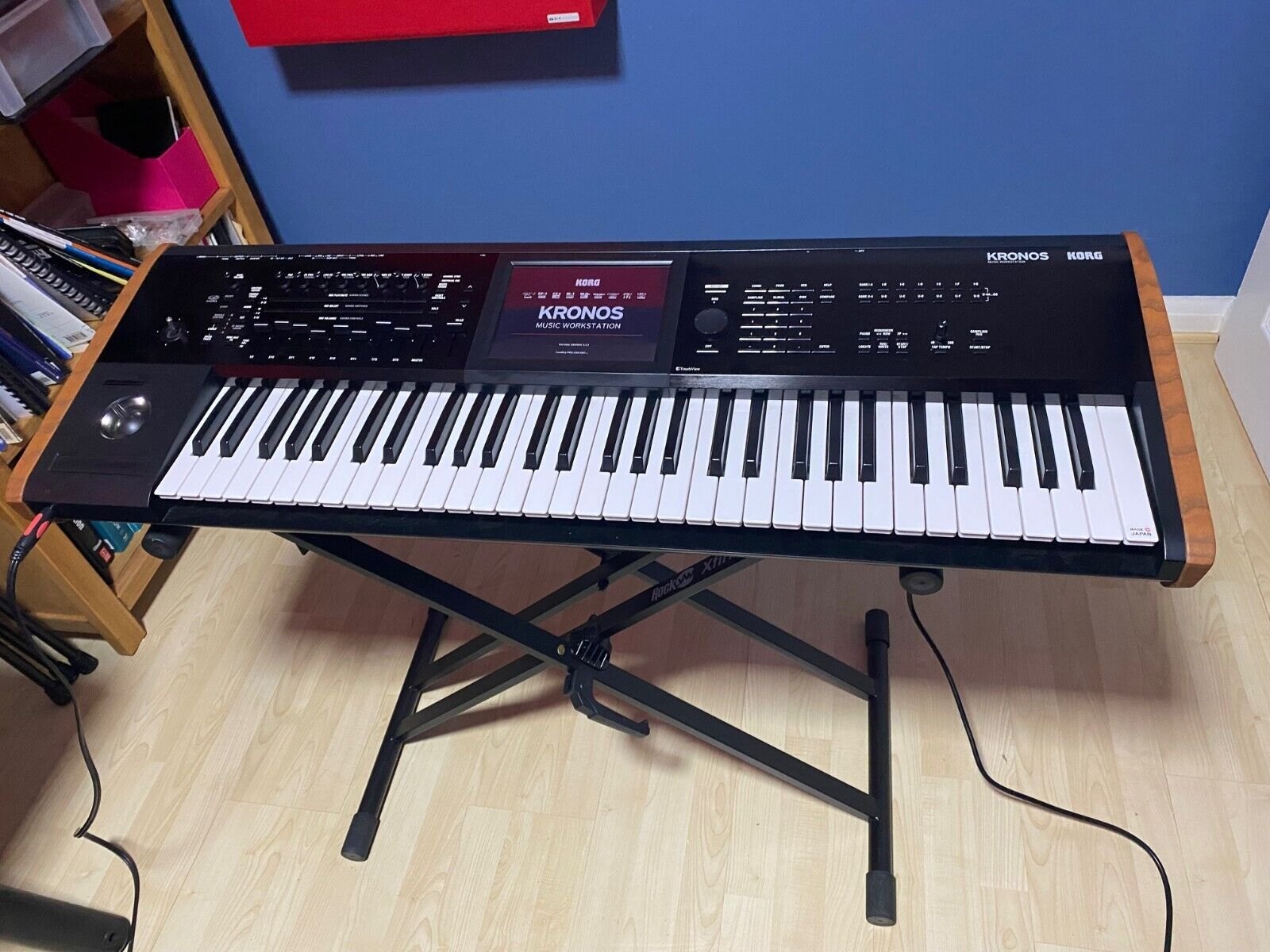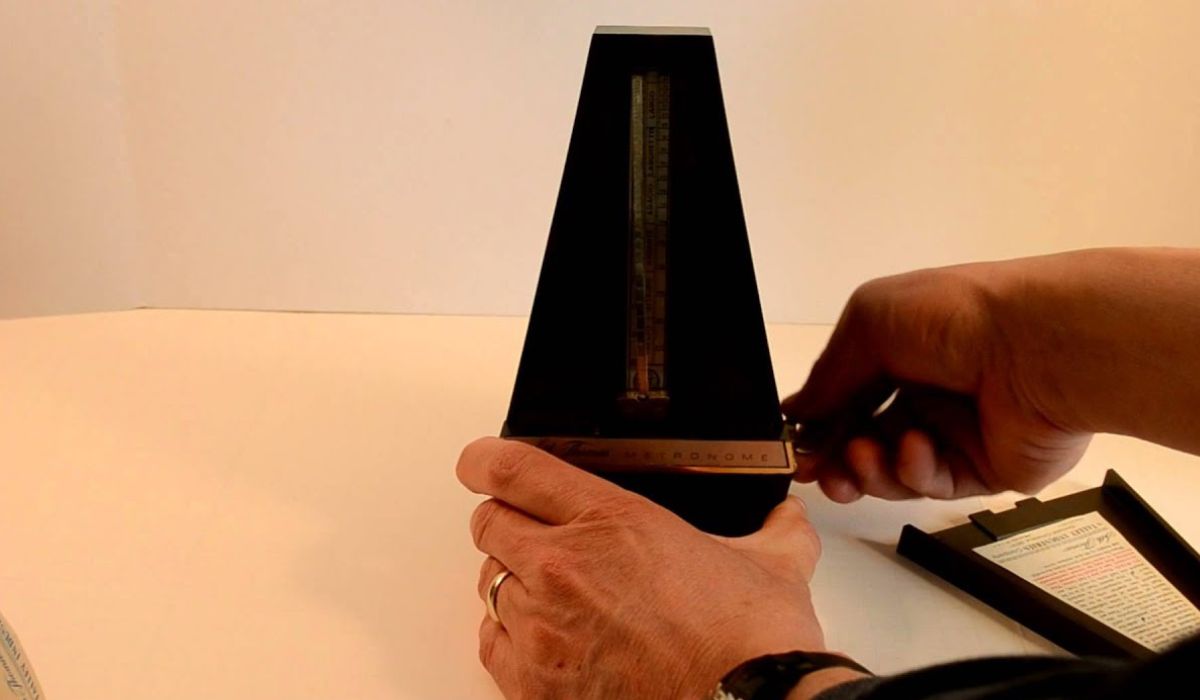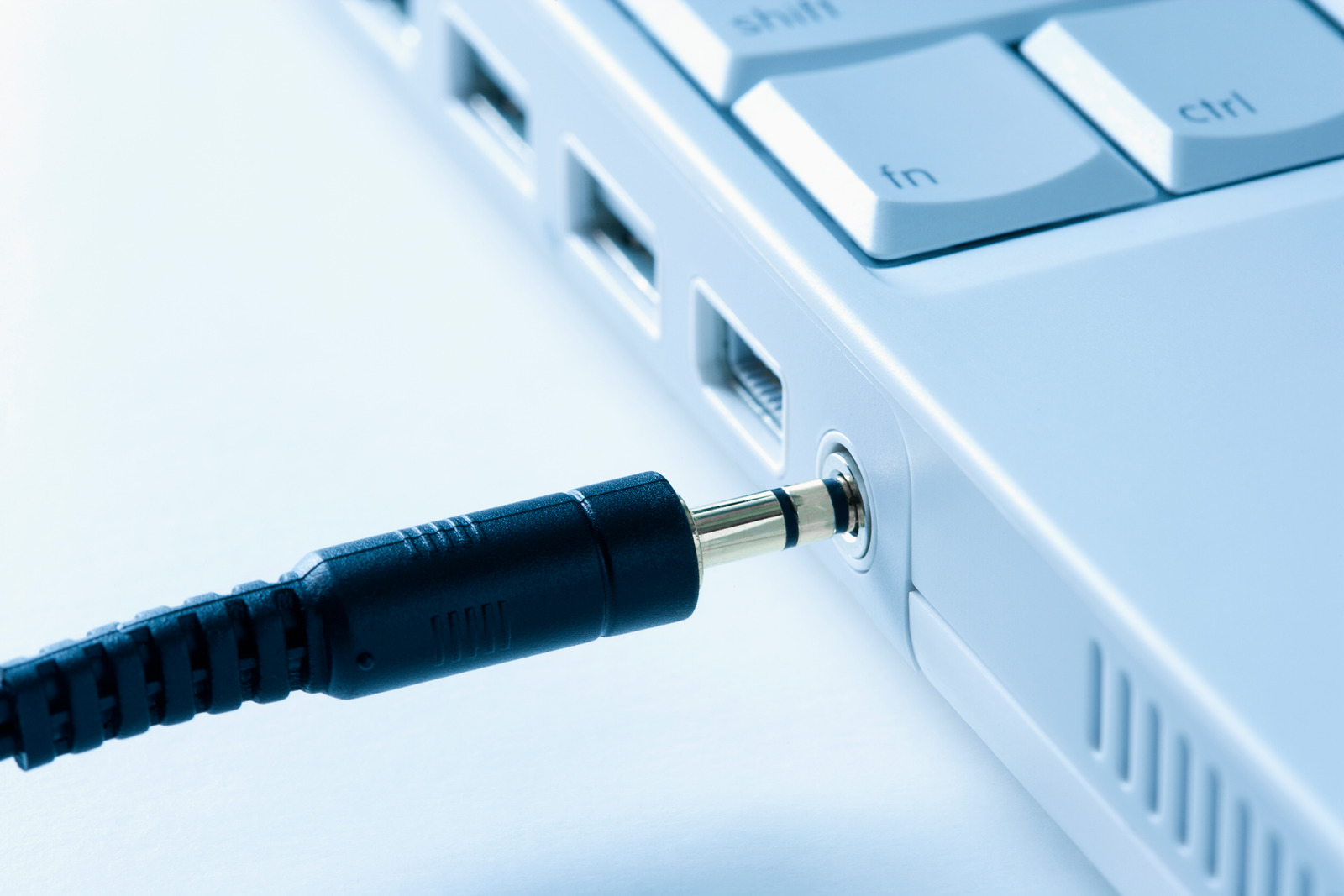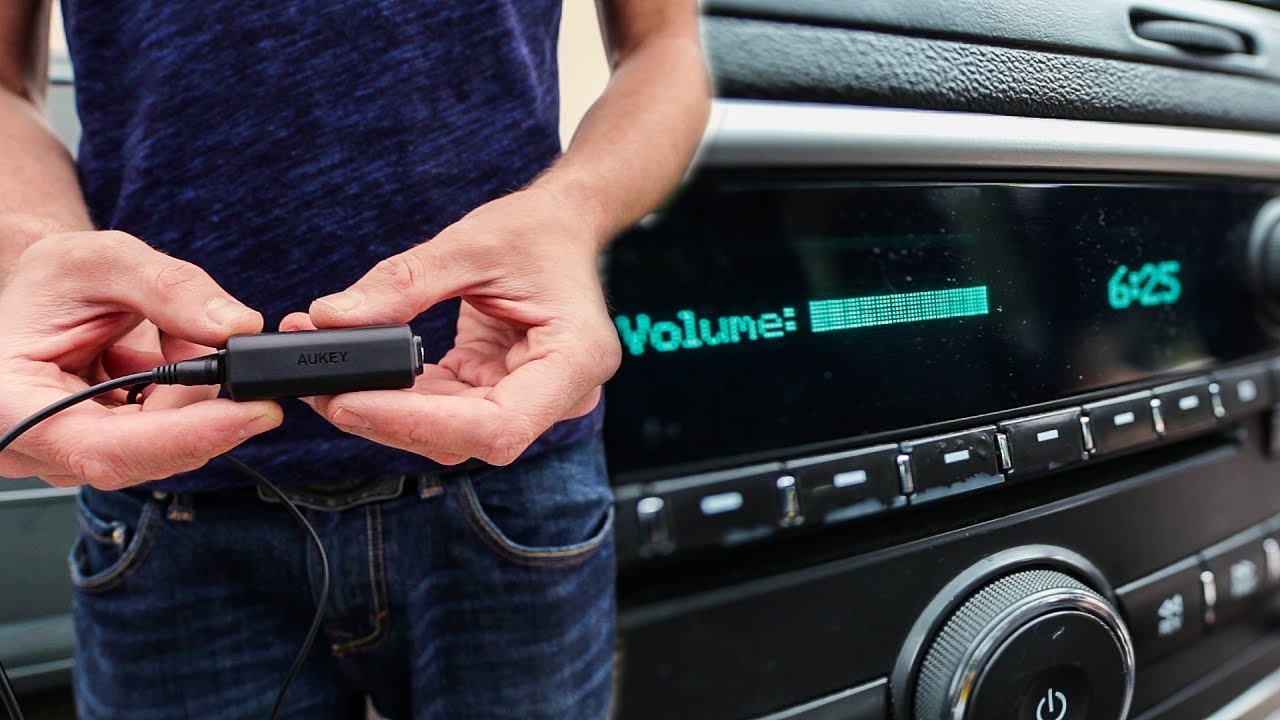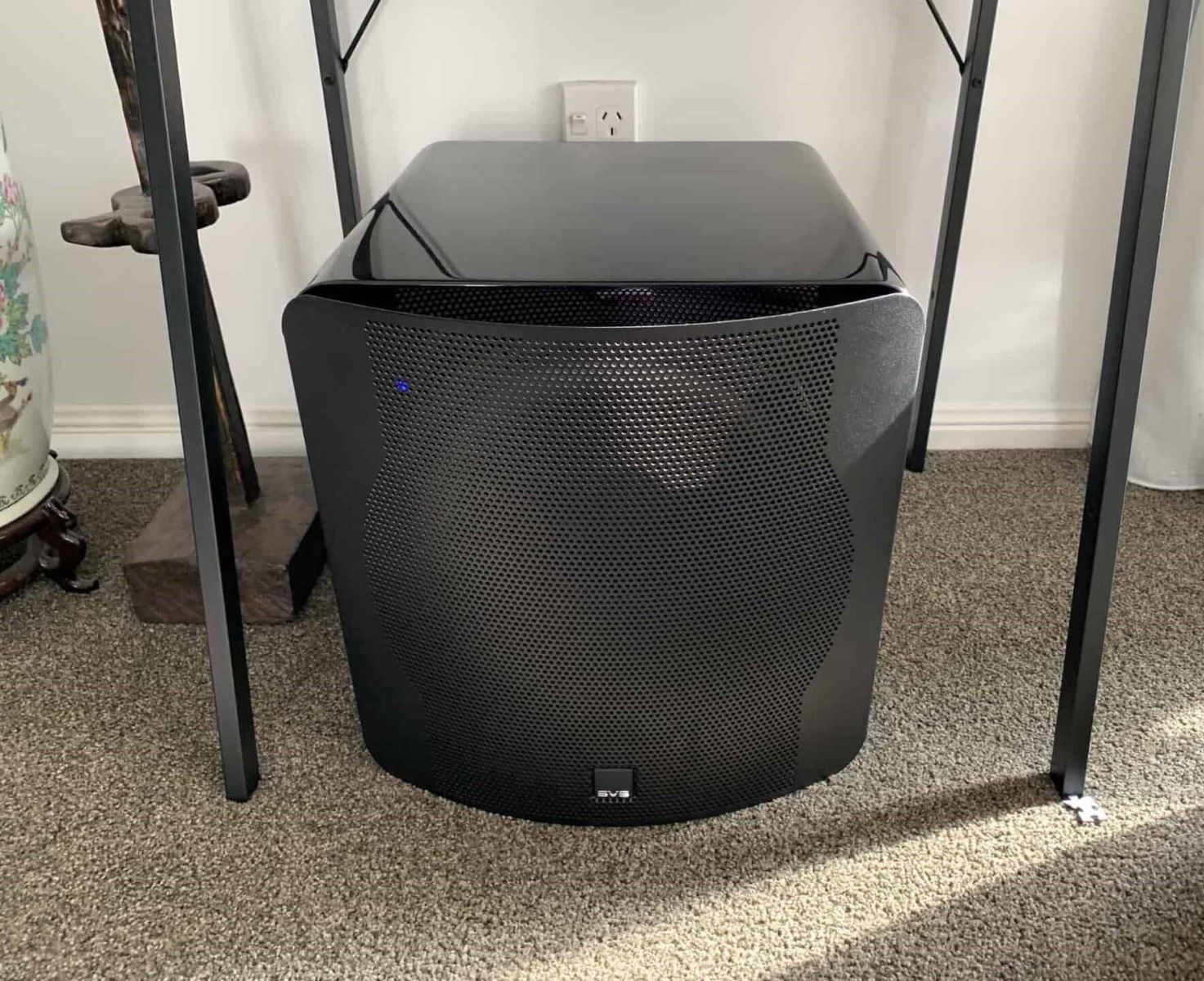Home>Devices & Equipment>Turntable>How To Fix Wobbly Turntable
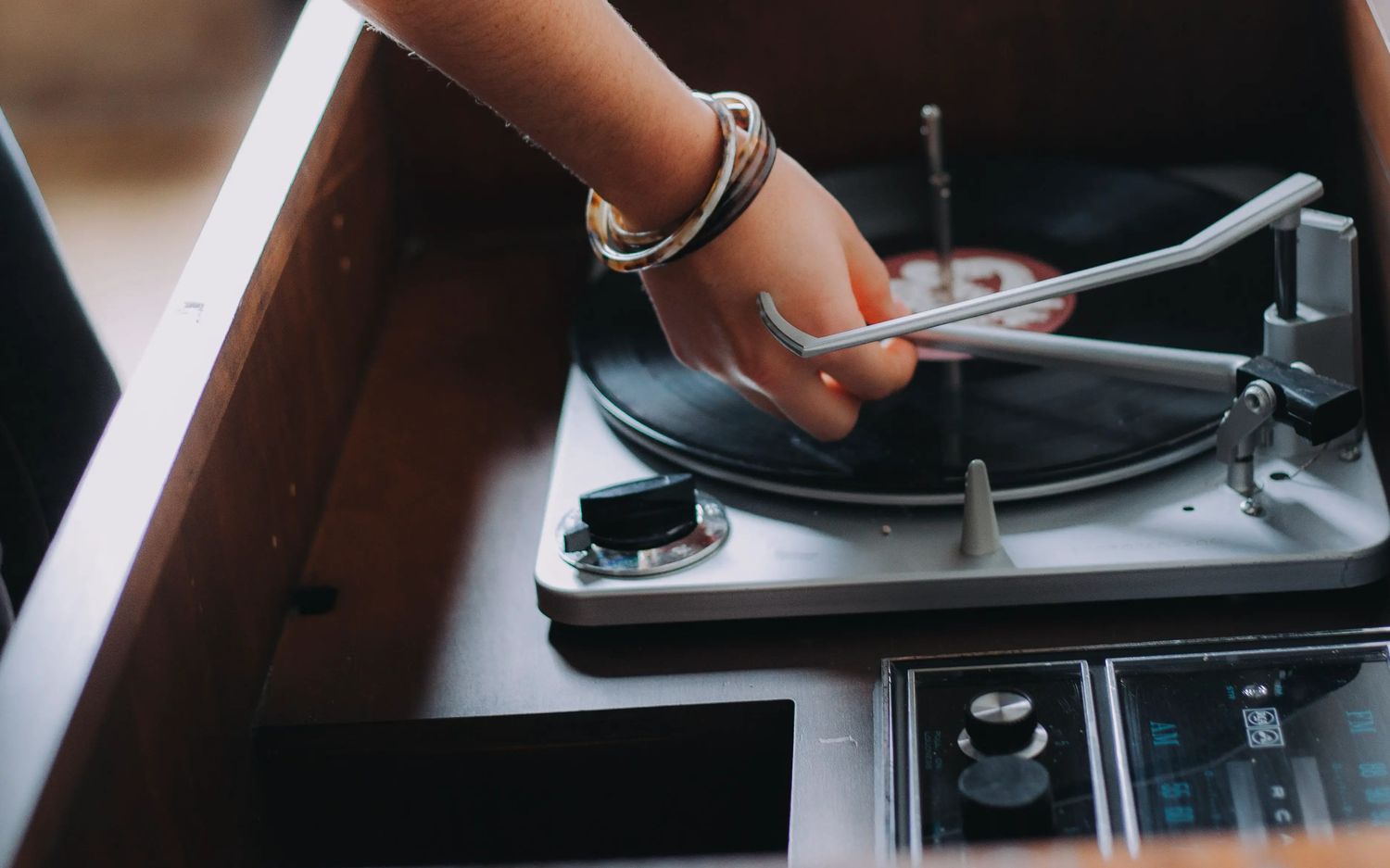

Turntable
How To Fix Wobbly Turntable
Modified: January 22, 2024
Learn how to fix a wobbly turntable with these simple steps. Improve your turntable's stability and enhance your audio experience.
(Many of the links in this article redirect to a specific reviewed product. Your purchase of these products through affiliate links helps to generate commission for AudioLover.com, at no extra cost. Learn more)
Table of Contents
- Introduction
- Step 1: Assess the stability of the turntable
- Step 2: Check the turntable’s leveling feet
- Step 3: Adjust the leveling feet
- Step 4: Ensure a level surface for the turntable
- Step 5: Use a vibration isolation platform or mat
- Step 6: Check for worn or damaged components
- Step 7: Balance the tonearm
- Step 8: Clean the turntable and its components
- Conclusion
Introduction
Welcome to our comprehensive guide on how to fix a wobbly turntable. If you’re a vinyl enthusiast, you know how important it is to have a stable and steady turntable for optimal sound quality. A wobbly turntable can not only disrupt your listening experience but also potentially damage your records. Fortunately, there are several steps you can take to address this issue and get your turntable back on track.
Before we dive into the specifics, it’s essential to understand why a turntable might be wobbly in the first place. There could be various reasons for this problem, including uneven surfaces, misaligned leveling feet, worn-out components, or an unbalanced tonearm. By identifying the root cause, you will be able to take the necessary steps to rectify the issue and restore stability to your turntable.
Throughout this guide, we will provide you with a step-by-step approach to diagnose and fix a wobbly turntable. We’ll cover everything from checking and adjusting the leveling feet to balancing the tonearm and cleaning the turntable and its components. By the end, you’ll have the knowledge and tools required to ensure a stable and smooth playback experience.
It’s important to note that if you’re not comfortable performing these fixes yourself, it’s always best to consult a professional. They have the expertise and experience to diagnose and address any issues your turntable may be facing. However, for those willing to embark on a DIY journey, let’s get started with the first step in fixing a wobbly turntable.
Step 1: Assess the stability of the turntable
The first step in fixing a wobbly turntable is to assess its stability. Place your turntable on a level surface and observe if it wobbles or rocks back and forth. This will help you determine the severity of the issue and guide you in the subsequent steps.
Start by checking if the platter is level. Gently spin the platter and observe if it moves smoothly or if it wobbles. A slight wobble may be indicative of an uneven surface or misaligned leveling feet. If the platter rocks back and forth significantly, there may be other underlying issues that need to be addressed.
Next, check the stability of the turntable’s base. Firmly press down on the corners and sides of the turntable to see if it moves or tips. If you notice any movement, it could indicate that the turntable is not securely fastened to the base or that there are loose components.
Additionally, inspect the tonearm for any visible signs of instability. It should be parallel to the platter surface and not sagging or tilting to one side. If you notice any irregularities, it may affect the tracking and playback performance of your turntable.
Remember to perform these assessments with the turntable off and unplugged to ensure your safety. Once you have a clear understanding of the turntable’s stability, you can move on to the next step and address the specific issues contributing to the wobbliness.
It’s important to note that a slight wobble may not significantly impact the performance of your turntable. However, if the wobbliness is noticeable and affecting the sound quality or causing records to skip, it’s essential to take action and rectify the problem.
Step 2: Check the turntable’s leveling feet
One of the common causes of a wobbly turntable is misaligned or improperly adjusted leveling feet. These feet are typically located on the bottom of the turntable and are used to level the turntable on uneven surfaces. Checking and adjusting these feet is an essential step in fixing the wobbliness.
Start by carefully turning the turntable upside down, ensuring it is placed on a soft and padded surface to avoid scratching or damaging the turntable’s finish. Locate the leveling feet on the bottom of the turntable, typically found on each corner or side.
Inspect the condition of the leveling feet. Make sure they are free from dirt, debris, or any obstruction that may affect their ability to function properly. Clean the feet if necessary, using a soft cloth or a gentle cleaning solution, and ensure they are dry before proceeding.
Once you’ve cleaned the leveling feet, take a closer look at their alignment. They should be adjusted in a way that allows the turntable to sit level on a flat surface. If any of the leveling feet seem misaligned or uneven, gently loosen the locknut if present and rotate the foot clockwise or anticlockwise to adjust its height.
Use a bubble level or a smartphone level app to check the turntable’s levelness. Place the level on the platter or any flat surface of the turntable and make sure the bubble is centered. Adjust the leveling feet as needed, ensuring all four corners or sides of the turntable are firmly in contact with the level surface.
Once you’re satisfied with the levelness of the turntable, tighten the locknuts on the leveling feet to secure their position. Remember not to overtighten the locknuts, as it may result in the feet becoming stiff and difficult to adjust in the future.
By checking and properly adjusting the turntable’s leveling feet, you will address any minor wobbling issues caused by an uneven surface. However, if the turntable continues to exhibit significant wobbliness, it’s time to move on to the next step and explore additional solutions.
Step 3: Adjust the leveling feet
If your turntable is still wobbly after checking the leveling feet, it may be necessary to further adjust them to achieve maximum stability. Misaligned or uneven leveling feet can cause the turntable to tilt or rock, affecting its performance and sound quality. Follow these steps to ensure the leveling feet are properly adjusted:
- Identify the leveling feet: On the bottom of the turntable, look for the adjustable feet located near the corners or sides. These feet are usually threaded and can be adjusted to achieve the desired levelness.
- Loosen the locknuts: If the leveling feet have locknuts, use a wrench or pliers to gently loosen them. This will allow you to adjust the height of the feet more easily. If your turntable does not have locknuts, you can skip this step.
- Adjust the leveling feet: With the locknuts loosened, turn each leveling foot clockwise or counterclockwise to raise or lower its height. Take it slow and make small adjustments to ensure that the turntable remains level. Use a bubble level or smartphone level app to guide you in achieving the desired levelness.
- Check stability: Once you have made the necessary adjustments, tighten the locknuts if applicable. Test the stability of the turntable by gently pressing down on different areas and observing if it rocks or wobbles. Continue adjusting the leveling feet as needed until the turntable feels stable and secure.
- Recheck levelness: After adjusting the leveling feet, use a bubble level or smartphone level app to verify that the turntable is perfectly level. Place the level on the platter or any flat surface of the turntable and ensure that the bubble is centered. Make any additional adjustments if necessary.
Remember to be patient and take your time during the adjustment process. Small, incremental changes will yield better results and provide a more stable foundation for your turntable. Once you have achieved proper levelness and stability, move on to the next step to ensure a level surface for your turntable.
Step 4: Ensure a level surface for the turntable
In order to maintain the stability of your turntable, it is crucial to place it on a level surface. Even with properly adjusted leveling feet, a uneven surface can still cause your turntable to wobble. Follow these steps to ensure a level surface for your turntable:
- Choose a stable surface: Select a sturdy and level surface for your turntable. Avoid placing it on uneven or shaky surfaces such as wobbly tables or shelves. If possible, use a dedicated turntable stand or a shelf specifically designed to accommodate turntables.
- Check the surface for levelness: Before placing your turntable, use a bubble level or smartphone level app to check the levelness of your chosen surface. Place the level on various areas of the surface to ensure that it is flat and even. If the surface is not level, you may need to find an alternative placement or use a leveling platform or mat.
- Use a leveling platform or mat: If the surface where you plan to place your turntable is not level, you can use a leveling platform or mat to compensate for the unevenness. These accessories are designed to provide a stable and level surface for your turntable. Place the leveling platform or mat on your chosen surface and ensure that it is properly aligned and secure.
- Place the turntable: Once you have confirmed the levelness of the surface or have used a leveling platform or mat, carefully place your turntable on top. Make sure that all four corners or sides of the turntable are in contact with the surface or the leveling accessory.
- Test stability: Gently press down on different areas of the turntable to check for any rocking or wobbling. If the turntable remains stable and doesn’t wobble, you have successfully ensured a level surface for your turntable.
By ensuring a level surface for your turntable, you provide a solid foundation for optimal performance and sound quality. This step, combined with proper leveling of the feet, helps to minimize any potential wobbling or vibrations that can affect the playback of your records.
Now that your turntable is sitting on a stable and level surface, let’s move on to the next step and explore the use of vibration isolation platforms or mats to further enhance the stability and sound quality of your turntable setup.
Step 5: Use a vibration isolation platform or mat
To further enhance the stability and performance of your turntable, consider using a vibration isolation platform or mat. These accessories are specifically designed to minimize external vibrations that can negatively impact the sound quality and overall experience. Follow these steps to incorporate a vibration isolation platform or mat:
- Research and select a suitable platform or mat: Look for vibration isolation platforms or mats that are compatible with your turntable model and size. There are various options available, including specialty platforms constructed with materials that absorb and isolate vibrations.
- Place the vibration isolation platform or mat: Once you have chosen a suitable option, position it on your turntable stand or surface. Ensure that it is centered and aligned with the turntable’s feet or base.
- Set up the turntable on the platform or mat: Carefully place your turntable on top of the vibration isolation platform or mat. Make sure that all four corners or sides of the turntable are in contact with the platform or mat for maximum stability.
- Test stability and performance: Gently press down on different areas of the turntable to check for any remaining wobbling or instability. Additionally, listen to a record on your turntable to assess any improvements in sound quality. The vibration isolation platform or mat should effectively minimize vibrations and enhance the overall listening experience.
- Adjust if necessary: If you still notice any wobbling or vibrations, you may need to readjust the leveling feet or consider alternative vibration dampening measures. Experiment with different positioning or additional accessories to achieve the desired stability and sound quality.
Vibration isolation platforms and mats can be particularly beneficial if your turntable setup is located in an environment prone to vibrations, such as near speakers, subwoofers, or heavy foot traffic areas. By effectively isolating your turntable from external vibrations, you can optimize its performance and enjoy a cleaner and more detailed audio reproduction.
Now that your turntable is properly stabilized and isolated from external vibrations, let’s move on to the next step and check for any worn or damaged components that may contribute to the wobbling issue.
Step 6: Check for worn or damaged components
If your turntable continues to exhibit wobbliness even after implementing the previous steps, it’s important to check for any worn or damaged components that may be contributing to the issue. Over time, various parts of a turntable can experience wear and tear, leading to instability and compromised performance. Follow these steps to identify and address any worn or damaged components:
- Inspect the platter: Examine the turntable’s platter for any signs of warping, cracks, or other damage. A warped or damaged platter can cause the turntable to wobble during operation. If the platter shows any signs of damage, consider getting it replaced or repaired by a professional.
- Examine the belt or drive mechanism: If your turntable features a belt-driven or direct-drive mechanism, inspect the belt or drive system for any signs of wear or damage. A loose or worn belt can affect the rotation stability, leading to wobbling. If necessary, replace the belt or consult a technician for a professional evaluation.
- Check the motor and bearings: Dust and debris can accumulate on the motor and bearing components, impacting their smooth operation and causing wobbling. Clean the motor and bearings using a soft brush or compressed air to remove any buildup. If the bearings are excessively worn, consider contacting a professional for replacement or repair.
- Inspect the tonearm: A misaligned or damaged tonearm can lead to instability during playback. Check the tonearm for signs of misalignment, loose connections, or damaged wiring. If you notice any issues, consult a professional for adjustments or repairs to ensure optimal performance.
- Assess the cartridge and stylus: A worn cartridge or stylus can affect the tracking and playback performance of your turntable, leading to instability. If you suspect that the cartridge or stylus is worn or damaged, consider replacing them with a new, compatible cartridge or stylus to maintain accurate tracking and minimize wobbling.
Regular maintenance, such as cleaning and lubricating the turntable’s components, can also help prevent premature wear and minimize the chance of wobbling. However, if you encounter any significant issues with the turntable’s components, it is recommended to seek professional assistance for proper assessment and repair.
By thoroughly checking for worn or damaged components and taking appropriate action, you can address any underlying issues contributing to the turntable’s wobbliness. With the components in optimal condition, you can now move on to the next step and balance the tonearm.
Step 7: Balance the tonearm
The tonearm plays a crucial role in the playback of your turntable. If it is not properly balanced, it can contribute to wobbling and tracking issues. Balancing the tonearm ensures that it is correctly calibrated to provide accurate tracking force and minimize any unwanted vibrations. Follow these steps to balance your turntable’s tonearm:
- Set the anti-skate adjustment to zero: Locate the anti-skate adjustment on your turntable. Set it to zero or neutral position. This will prevent any additional force pulling or pushing the tonearm during the balancing process.
- Unlock the tonearm and set it to a neutral position: Unlock the tonearm from its resting position, usually by moving the cueing lever or lift mechanism. Gently move the tonearm to a horizontal position, parallel to the turntable platter. Use caution while handling to avoid any accidental damage.
- Identify the counterweight: Locate the counterweight at the rear end of the tonearm. This weight allows you to adjust the tracking force, which is the downward pressure exerted on the stylus as it plays the record.
- Rotate the counterweight: While holding the tonearm steady, rotate the counterweight until it reaches the zero position. Ensure that the tonearm is balanced and remains parallel to the turntable platter.
- Calibrate the tracking force: Consult your turntable’s user manual or the cartridge manufacturer’s specifications to determine the recommended tracking force for your cartridge. Adjust the counterweight by rotating it either clockwise or counterclockwise, gradually increasing or decreasing the tracking force until it matches the recommended value.
- Set the anti-skate adjustment: Once you have set the tracking force, it’s time to adjust the anti-skate mechanism. Refer to your turntable’s manual to determine the appropriate anti-skate setting for your cartridge. Typically, it should be set to the same value as the tracking force.
- Test the tonearm balance: Gently move the tonearm across the platter and observe its movement. It should move freely and smoothly without any resistance or bouncing. If the tonearm does not balance properly, re-adjust the tracking force and repeat the process until you achieve optimal balance.
By properly balancing the tonearm, you ensure that the stylus maintains the correct contact with the record, reducing the chances of skipping, distortion, or wobbling. This step is crucial in achieving accurate playback and maintaining the overall stability of your turntable.
Now that the tonearm is properly balanced, it’s time to move onto the final step and ensure that your turntable and its components are clean to avoid any additional wobbling issues.
Step 8: Clean the turntable and its components
Maintaining a clean turntable and its components is essential not only for optimal performance but also for preventing wobbling caused by debris or dirt buildup. Dust, dirt, and even residue from vinyl records can accumulate on the turntable’s surface, tonearm, and cartridge, affecting their smooth operation. Follow these steps to clean your turntable and its components:
- Power off and unplug the turntable: Before cleaning, ensure that the turntable is completely powered off and unplugged to avoid any accidents or damage.
- Remove the dust cover: Carefully remove the dust cover, if your turntable has one, and set it aside. You can clean it separately using a soft cloth or an anti-static brush.
- Clean the turntable plinth and base: Using a soft cloth slightly dampened with a mild cleaning solution or isopropyl alcohol, gently wipe the turntable’s plinth and base to remove any dust or dirt. Avoid using excessive moisture or harsh chemicals that may damage the finish or electronic components.
- Clean the turntable platter: Remove the turntable platter following the manufacturer’s instructions. Wipe it clean using a lint-free cloth or a record cleaning brush. Be cautious not to apply excessive pressure or force during cleaning.
- Clean the tonearm and cartridge: Use a soft brush or a small amount of isopropyl alcohol on a cotton swab to clean the tonearm and cartridge. Gently brush away any accumulated dust or debris. Take care not to damage the delicate stylus of the cartridge.
- Clean the record mat: If your turntable uses a rubber or felt record mat, clean it by gently wiping it with a lint-free cloth or using a record brush. Remove any dust or particles that may have accumulated on the mat.
- Reassemble and test: Once all the components are clean and dry, reassemble the turntable by carefully placing the platter back in its position, reattaching the dust cover, and ensuring all connections are secure. Power on the turntable and test for any remaining wobbling issues.
Regular cleaning of your turntable and its components not only helps to maintain the aesthetic appeal but also ensures a smoother and more stable playback experience. Remember to schedule periodic cleaning sessions to keep your turntable in optimal condition.
With a clean and well-maintained turntable, you can enjoy your vinyl records with minimal wobbling and maximum audio fidelity.
Final thoughts
Fixing a wobbly turntable requires a systematic approach and attention to detail. By following the steps outlined in this guide, you can identify and address the factors contributing to the wobbling issue. Remember to assess the stability, check the leveling feet, adjust as needed, ensure a level surface, use a vibration isolation platform or mat, check for worn or damaged components, balance the tonearm, and keep your turntable clean. With these steps, you’ll be able to restore stability to your turntable and enhance your listening experience. If you encounter any significant issues or are unsure about performing the fixes yourself, it’s always recommended to seek the assistance of a professional technician. Happy listening!
Conclusion
Fixing a wobbly turntable is essential for maintaining optimal performance and ensuring a smooth listening experience. By following the steps outlined in this guide, you can identify and address the factors contributing to the wobbling issue. Assessing the stability, checking the leveling feet, adjusting as needed, ensuring a level surface, using a vibration isolation platform or mat, checking for worn or damaged components, balancing the tonearm, and keeping your turntable clean are all important steps in achieving a stable and high-quality sound reproduction.
Remember to approach each step with patience and attention to detail. Small adjustments and proper maintenance can go a long way in rectifying the wobbling issue. If you encounter any significant difficulties or are unsure about performing the fixes yourself, it is always advisable to seek the assistance of a professional technician. They have the expertise and experience to diagnose and address any turntable concerns effectively.
With a stable and properly functioning turntable, you can fully enjoy the richness and warmth of vinyl records. The effort you put into fixing the wobbling issue will be rewarded with a more immersive and satisfying listening experience. So, take the time to assess and address the stability of your turntable, and get ready to enjoy your favorite records with confidence and clarity.
Remember, fixing a wobbly turntable is a journey, and the satisfaction of achieving a stable and impeccably performing turntable is well worth the effort. Happy listening!

